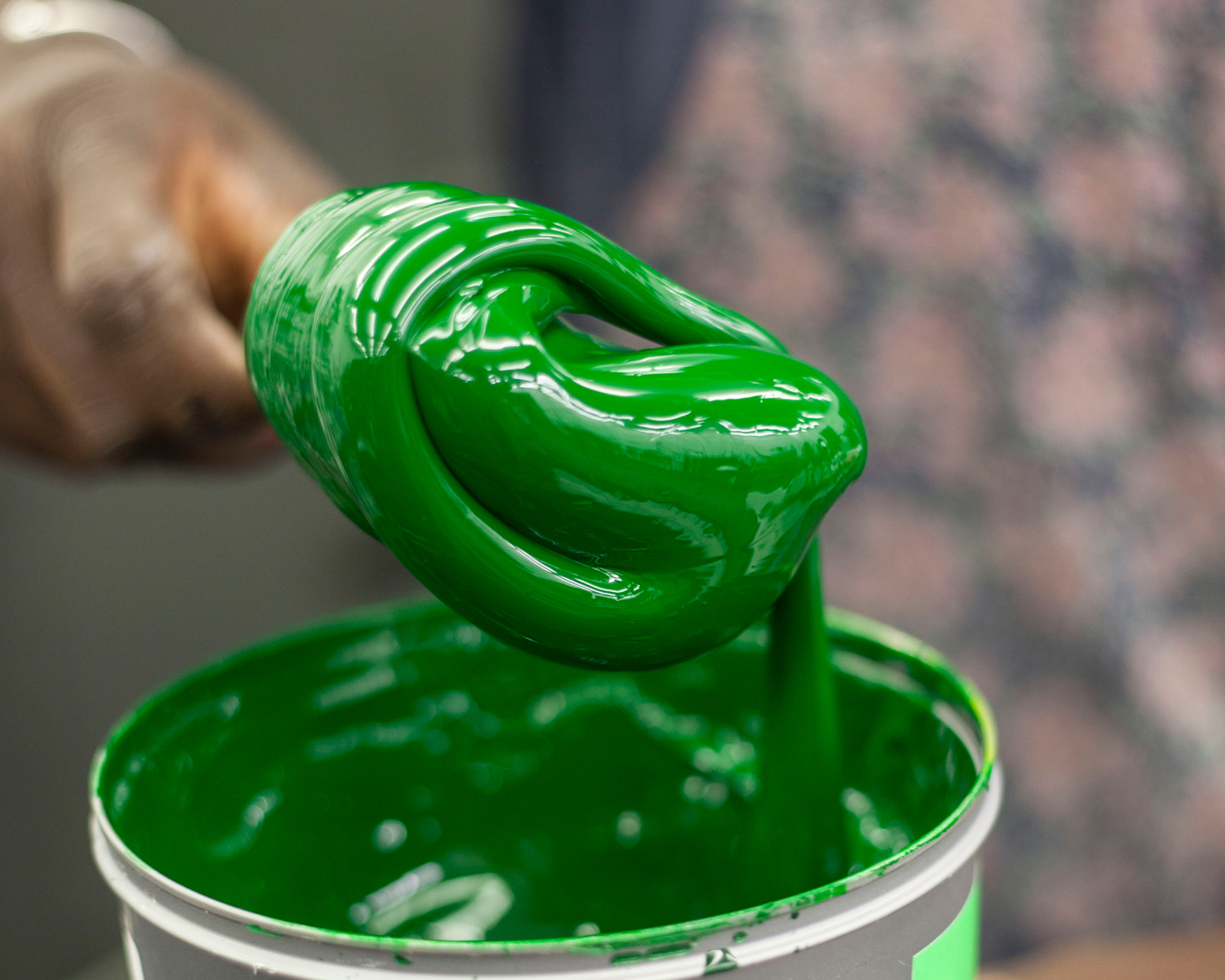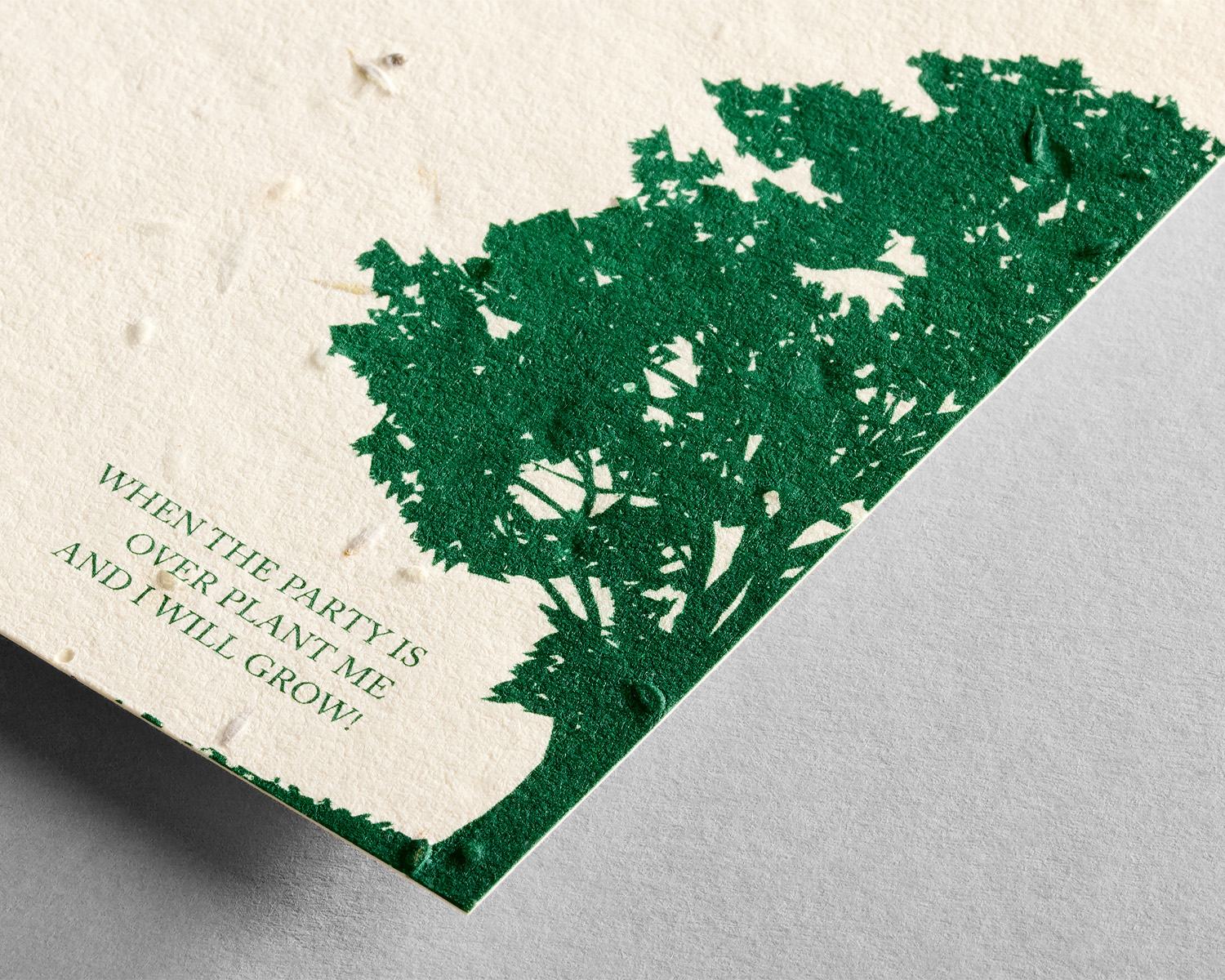Lithography
Lithographic printing is a flat printing process. Unlike digital printing which commonly uses ‘toner’, litho printing involves the manufacturing of printing plates and uses water-based ink.
Lithographic printing operates on the fundamental principle that oil and water do not mix. Lithography uses special printing plates which are initially hydrophilic (attract and absorb water).
Onto these plates the image to be printed is exposed, which will then remove the hydrophilic properties of this area creating a hydrophobic surface.
During the printing process, by keeping the plates wet the oil-based ink is attracted to the hydrophobic image areas to create a printable image.
- We can print in a wide range of different colours and can normally PMS match Pantone colour references if there is a very specific colour you are looking to replicate
- Most lithographic inks are transparent, meaning they can alter their colour slightly when printed onto coloured paper stocks. As a result, printing light colours onto dark paper colours should be avoided where possible
- We can lithographically print onto paper stocks up to 600gsm
Lithography is often referred to as ‘Offset Printing’. This is because, in terms of the actual process itself, the inked lithographic plate and the paper never actually come into contact. The image is instead transferred onto a rubber blanket which in turn transfers the image to the paper.
Get in Touch
To discuss an upcoming project or book an appointment with a member of the team please call us on +44 (0) 20 7923 5960 or
contact us here



